Artificially Intelligent World of Neuroscience
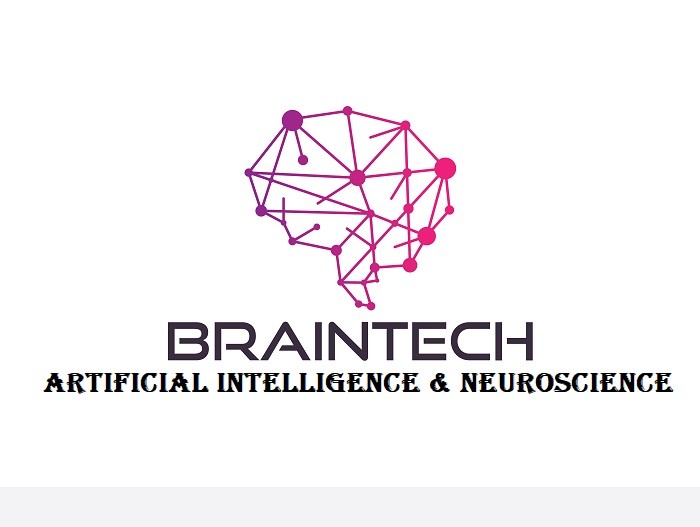
Neuroscience is a study of that is concerned with the structure and function of the nervous system. The study covers the evolution, development, physiology, cellular & molecular biology, anatomy & pharmacology of the nervous system, and also behavioral, computational and cognitive neuroscience.
Next Revolution in Medicinal World? 3D Bioprinting !
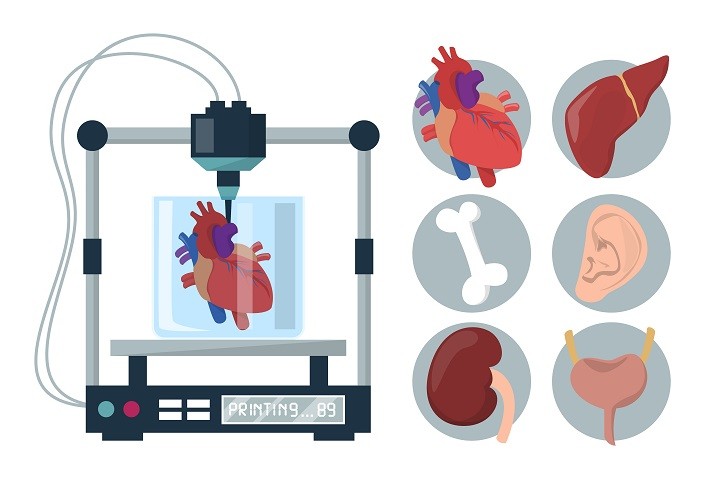
When it comes to medicine, 3D bioprinting -which might become critically important for this field- refers to the process of 3D printing organs or tissues by creating cell patterns where cell function and viability are preserved.
The Use of Next-Generation Computing Technology
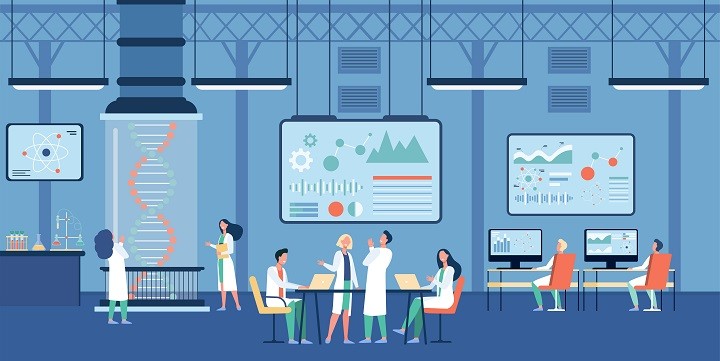
Technology has always been at the heart of biotech. The emergence of advanced computing technology such as machine learning and artificial intelligence enables companies to expand the scope and scale of their research and improve efficiency in the manufacturing process - both of which reduce the time it takes for biotech firms to bring new products to market.
The Road to Bioinformatics Via Metagenomics

The data generated by metagenomics experiments are both enormous and inherently noisy, containing fragmented data representing as many as 10,000 species. The sequencing of the cow rumen metagenome generated 279 gigabases, or 279 billion base pairs of nucleotide sequence data, while the human gut microbiome gene catalog identified 3.3 million genes assembled from 567.7 gigabases of sequence data. Collecting, curating, and extracting useful biological information from datasets of this size represent significant computational challenges for researchers.
Computational Epigenetics to Bioinformatics
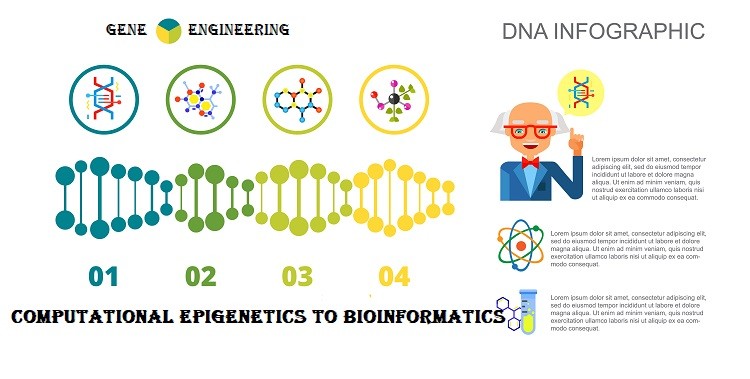
Computational epigenetics uses bioinformatic methods to complement experimental research in epigenetics. Due to the recent explosion of epigenome datasets, computational methods play an increasing role in all areas of epigenetic research.
Printing the Next Chapter in Tissue Engineering - 3D Bioprinting

3D Bioprinting is the utilization of 3D printing–like techniques to combine cells, growth factors, and biomaterials to fabricate biomedical parts that maximally imitate natural tissue characteristics.
Bioinformatics and Its Role in Nanomedicine - Nanoinformatics
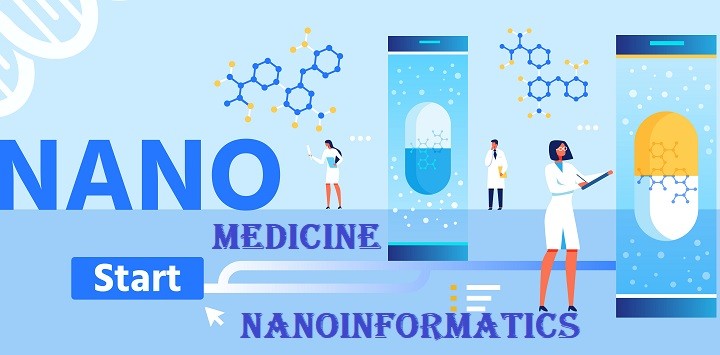
Five decades of Research and practical application of computers in biomedicine has given rise to the discipline of medical informatics, which has made many advances in genomic and translational medicine possible.
Human Embryonic Stem Cell: An Imagined Future of Gene Editing
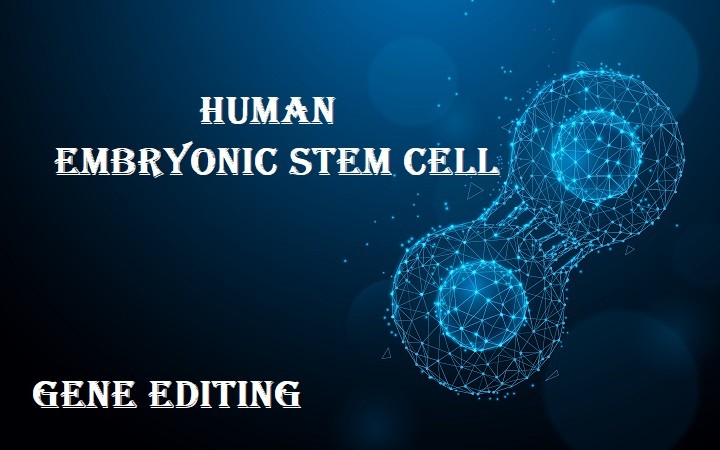
The human embryonic stem cells are obtained from the undifferentiated inner mass cell of the human embryo and human fetal tissue. The human embryonic stem cell can replicate indefinitely and produce non-regenerative tissue such as myocardial and neural cells.
The Role of Bioinformatics in Epigenetics
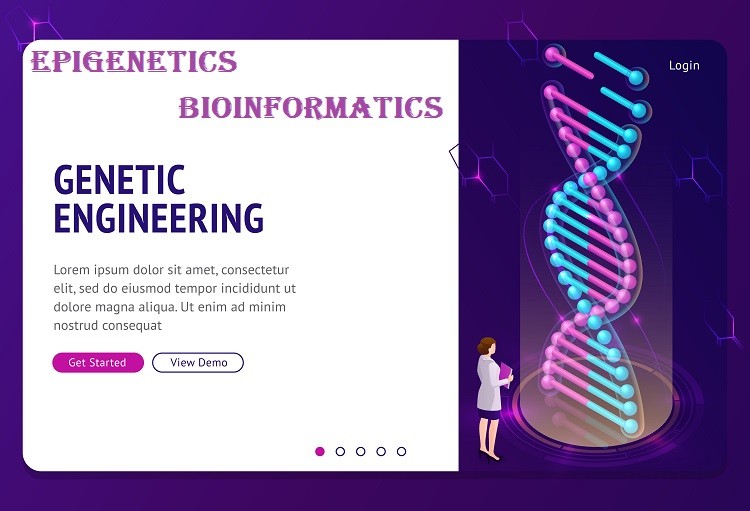
Epigenetics is an upcoming field that studies the gene regulation of mitotically heritable genes which change the physiology of cells without altering the DNA sequence. Various epigenetic elements such as modification of histone proteins, methylation of DNA, chromatin modeling, and RNA-mediating silencing influence the regulation of genes at many levels, which leads to diseases such as cancer.
Bioinformatics: An Interdisciplinary Data Science

Bioinformatics is the interdisciplinary science which is similar to Data Science for solving biological problems.